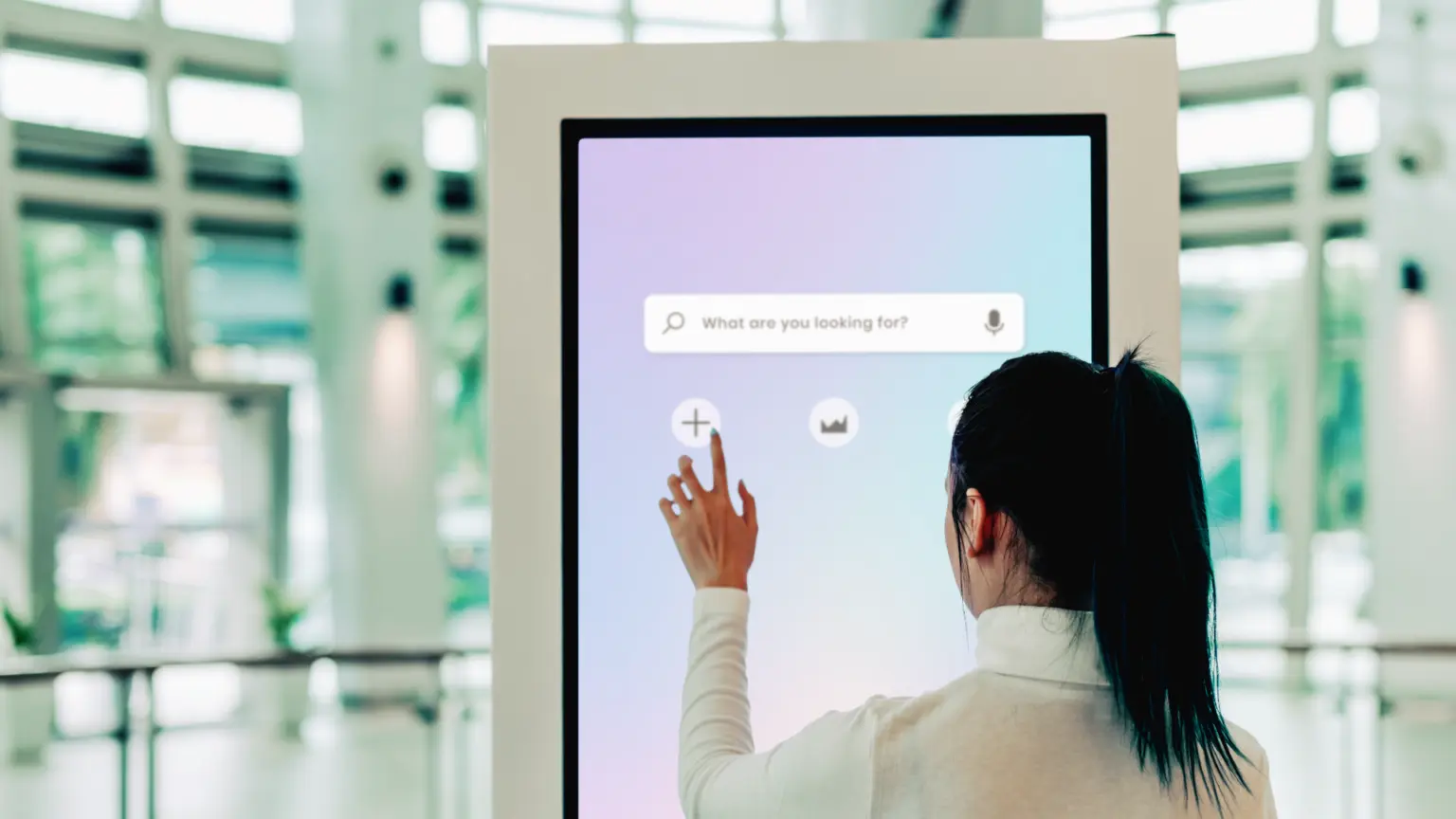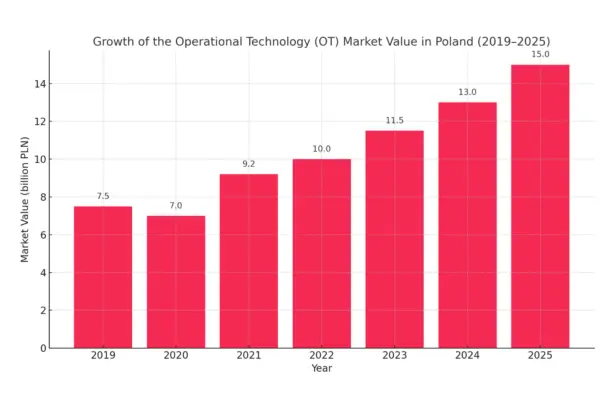The first half of 2025 has shown one thing: the digital signage (DS) market is not only keeping pace, it is actually imposing it. The InfoComm international trade show in Orlando confirmed that this segment is going from strength to strength, and the latest trends from the US and Asia are setting trends that are already worth taking into account when planning for 2026. According to Grand View Research, the global value of the digital signage market reached nearly US$ 29 billion last year and is expected to reach almost US$ 46 billion by 2030.
However, it is not just the growing number of screens in public spaces that is behind this dynamic. What is key is how these technologies are being used today – with a focus on automation, personalisation, integration with data and maximum alignment with end-customer expectations.
AI not just on the screen, but throughout the process
Artificial intelligence in digital signage today is more than just recognising audience demographics and displaying tailored content. It is full automation of the chain – from source data to final on-screen creation. Thanks to API integrations and dynamic content management, it becomes possible to create campaigns in real time, without involving graphic designers or creative teams.
Technology companies point to a clear shift towards a model in which content is aligned with sales data, loyalty programmes or consumer behaviour. In retail, this means not only more effective campaigns, but also a new way of thinking about advertising space – as a digital space that can be monetised within the retail media ecosystem.
AI in DS is also increasingly operating ‘in the back office’. – It supports customer service, controls the quality and consistency of impressions across a distributed network of screens and allows rapid response to changing conditions (e.g. weather, location, promotions). It is no longer a tool, but a fully-fledged component of content management systems.
ˮConscious use of AI is the obvious future of digital signage, but more importantly, it is the optimisation of all optimisable processes within a company, says Mateusz Sepioło, Vice President of SOLIX. AI – Once science-fiction, today it is an everyday reality in the global market. If you miss the moment, you will be left behind and ultimately knocked off the board, because this progress cannot be made up if you do not act here and now.”
“Awareness of these solutions through social media is also within the knowledge of consumers, who expect technological innovations and quick adaptation of trends,” adds Karol Karpeta, Technical Director of SOLIX. – In every industry, it is really the buyer who decides. Those brands that reach for the latest technological solutions will come out ahead of the competition.”
Moving away from standards: customisation and unusual formats
A second clear trend is the move away from mass-produced screens to bespoke solutions. Customers today expect not only a message, but also a ‘wow’ effect. Unusual formats – e.g. curved, transparent, integrated into the interior architecture – are gaining in importance. Products such as Transparent OLEDs or proprietary series of screens tailored to the shape of the space are no longer rare and are increasingly finding their way into retail spaces, hospitality or modern office buildings.
These types of solutions require close collaboration between the supplier and the end customer. Here, technology ceases to be an end in itself – it is meant to provide a backdrop to the brand, complementing its visual identity and user experience.
Brand-first – technology as background
In digital signage 2025, it is not the screen but the brand that plays a central role. DS systems today are designed to completely disappear from view – what matters is the content, context and quality of interaction. Remote management, dynamic adaptation of content in real time, the ability to customise the shape and form of the medium – all this is subordinated to building a customer experience in line with the brand identity.
In this approach, technology has an infrastructural function – supporting but not overwhelming. And it is this distinction that may be crucial to the success of DS projects in the coming years. Those suppliers and integrators who can not only implement the system, but also understand the client’s business objectives and translate them into a coherent, engaging message, will succeed.
For companies in Poland, this is a good time to get actively involved in global trends. Increasing customer demands, as well as pressure from foreign retail chains and brands with a presence in the country, will force the adaptation of solutions based on AI, automation and customisation. DS integrators should invest in competences in data science, UX and custom screen production.
On the other hand – the Polish market can also be a source of innovation. Local companies are already providing custom screen formats and proprietary AI solutions that have the potential to compete successfully globally. The key will be the ability to scale quickly and to work closely with the end customer.










